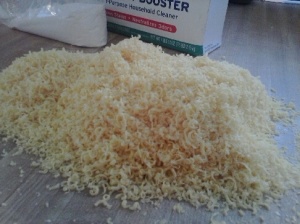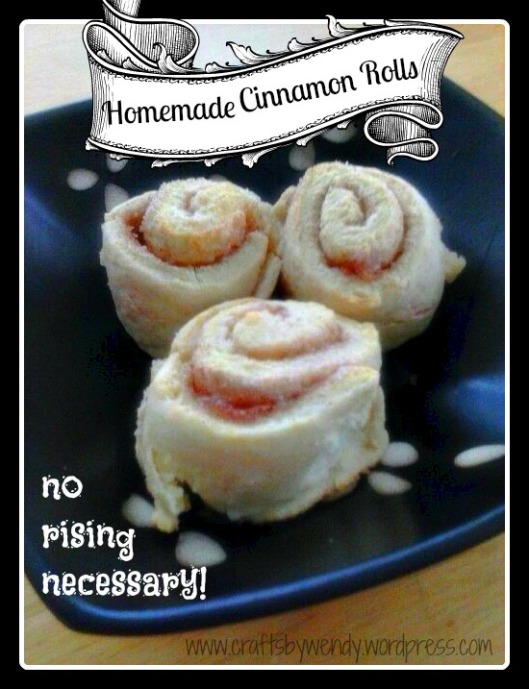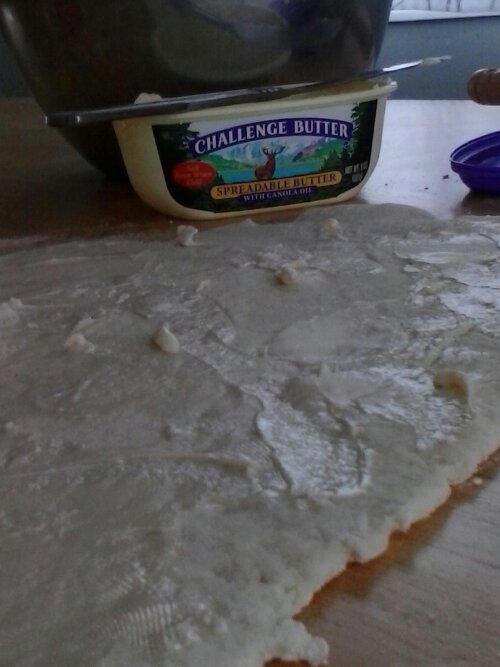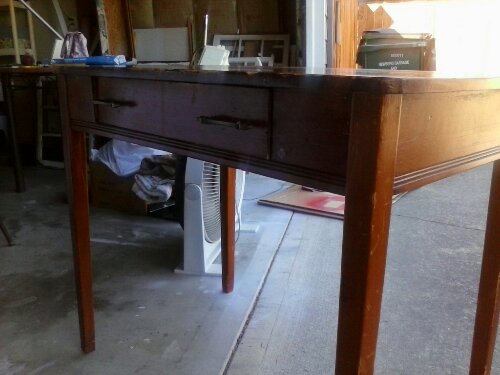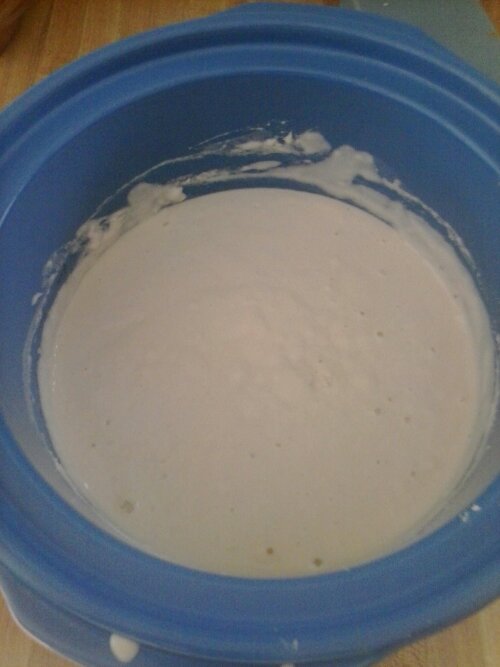Simplicity: DIY Liquid Laundry Detergent
Laundry detergent is one of those things that, until about a year ago, I thought just “existed.” It never occurred to me to make my own. Then I started reading blogs, and one of them was talking about how much cheaper it was to make your own laundry soap. I was intrigued. We were just barely into our simplicity lifestyle, had just moved into our current house, and the time seemed ripe for me to try something like this.
Before I get to the “recipe” and how-to, let me explore for a minute why I think homemade detergent fits into a simplicity lifestyle.
First off, it is way cheaper than buying the commercial stuff. (I’ll give a price breakdown later on in this post.) Think about this. Every time you buy something, you’re trading your life (or your husband’s, if you’re a stay at home mom) for that item. You (or he) had to work – spend the time – for that money. Now you’re trading the money for the thing. Therefore, it takes life to buy stuff. So why wouldn’t you be a conscious consumer? Now, I get that making laundry detergent takes more time than just running to the store and buying some. But not that long. Definitely not as long as it would take to earn the money to buy said detergent.
Secondly, this stuff is pretty much all natural. I haven’t done the research on Borax beyond what it says on the box, but it claims to be natural. And I’ve read other bloggers who have done the research and come to the conclusion that the Borax company isn’t lying about that. Washing soda is another natural substance. Besides those, the only other ingredients are soap and water. Water is about as natural as you can get, and based on your preferences, you can use whatever kind of bar soap you like for this recipe. The first time I made it, we used an unscented, organic bar, but now I just use Fels Naptha (it’s about a third the price of that organic bar). Since no one in my family has overly sensitive skin, the Fels Naptha is just fine for us.
Finally, it’s kinda fun. And that is, after all, the point of living a simple lifestyle – to have more time for fun. Now, don’t get me wrong, it’s not as fun as going to an art museum or riding a roller coaster, but it’s more fun than going to the store, I promise you that.
So, here we go.
First thing you need to do is gather your ingredients. You’ll need 1 bar of Fels Naptha (or your choice of bar soap), one cup of Borax, and one cup of Washing Soda (not to be confused with baking soda, although I’ll have another trick for you on that in a second). Besides those three ingredients, all you need is tap water. You can find all the ingredients you need for making your own laundry detergent on the laundry aisle of your regular store. (So, yes, the first time you make this, you’re not getting out of going to the store. But the boxes of borax and washing soda will last a long time, so if you buy more than one bar of soap, you can avoid it next time!)
Start a big pot of water to boil (you’ll need roughly 4 quarts of water in your pot). While you’re waiting for the water to boil, grate your soap. When I first made this, I was a little leery of using my cheese grater on soap, but then I realized that it’s just soap. Every time you wash it, what do you put on it? Soap. So yeah. No big deal.
Once your water is boiling, add one cup each of washing soda and borax as well as your pile of soap shavings. Stir this until the powders dissolve and the soap melts. Then set the timer for five minutes and let it keep going, just to be sure everything’s all combined.
After the five minutes are up, remove your pot from the stove and carefully (remember, this was just boiling!) pour it into a five-gallon bucket. Fill the bucket the rest of the way with hot tap water. Let your bucket sit for 24 hours to cool. Be sure to either put the lid on tight or keep the bucket out of reach of little ones.
Here’s the price breakdown that I promised you.
Borax: $4.39 for a 4-pound box, which has 9 1/2 cups in it. Each cup therefore costs $0.46.
Washing Soda: Here’s the trick I mentioned earlier… You can either buy washing soda from the laundry aisle, or you can make it by cooking your baking soda at 400 degrees Fahrenheit for an hour. This is what I did. So, one box of baking soda costs $0.62 at my store; therefore one cup of homemade washing soda costs $0.31.
Fels Naptha Soap: This costs $1.33 a bar at my store.
Tap Water: The water in my town is really expensive. It’s $3.79 per ccf. A ccf is 7.48 gallons. Therefore my tap water costs $0.50 a gallon.
So, doing the math. 46 cents for borax, 31 cents for washing soda, $1.33 for soap, and $2.50 for water. Grand total: $4.60. And believe me, 5 gallons of laundry soap will last a long time. I make it about once every 4 months is all.
You do have to take into account the price of the electricity to heat the water and the price of the bucket if you don’t already have one, I suppose. I paid $5 for my bucket, but that was a one-time expense. Now I just use the same one every time. And I’m not savvy enough to be able to calculate the price of electricity to heat the water, so if you are, let me know! Even so, making your own laundry is very rewarding.
A few closing thoughts on this detergent. It’s not completely smooth like the stuff you buy at the store. During the cooling process, the soap congeals a little. But it’s not a big deal. Just stir the detergent before you scoop it into your washer, and it’s fine. Also, this will not get all sudsy like the commercial detergents. But as I’ve learned over the past year, suds do not equal clean. I typically use between half a cup and one cup per load of laundry. It depends on the size of the load and how dirty your clothes are.
Finally, do not under any circumstances use this for cloth diapers. I did, and that was the only time Small Fry has ever had diaper rash. And it was a doozy of a rash. It took almost a month and a prescription cream to clear it up. Save your little one the pain my little one went through and use a specific cloth diaper friendly detergent.
Have you ever made your own? How did it go?
Blessings,
Wendy



